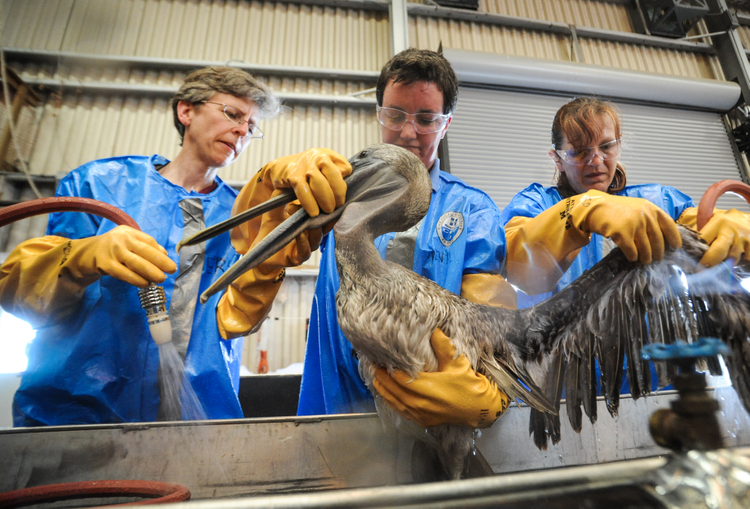
By Laura Fernández
Universitat de Barcelona
laurafernandez@ub.edu / lauferagui@gmail.com
Following the tradition of situated knowledge from feminist epistemologies (Harding, 1988; Haraway, 1991) and considering Aph and Syl Ko’s argument that veganism and animal advocacy will necessarily be shaped by those who talk, think, and act towards this horizon (Ko and Ko, 2017), this research invites us to collectively think about veganism and animal liberation from an embodied, political perspective of those who ally with oppressed nonhuman animals and at the same time experience structural oppression due to their weight and body size (Rothblum and Solovay, 2009; álvarez castillo, 2014; Wrenn, 2016). This means exploring something like a fat vegan activist standpoint.
This exploration is done from a collection and discourse analysis of eight works (including text and pictures: book excerpts, blog posts, fatzines, and conferences) produced by fat activists in Spain and Latin America where nonhuman animals, anti-speciesism, and veganism were explicitly mentioned. These materials address speciesism and veganism issues together with fat liberation, as an intertwined struggle (the author herself having participated in some of them). The main goal of this research is to explore how grassroots fat activisms have integrated animal liberation into their own emancipatory struggle.
The research first presents a literature review and contextualisation of fat activism in Latin America and Spain, considering key concepts and ideas such as:
- Fatphobia (álvarez castillo, 2014; Piñeyro, 2016)
- Healthism (Crawford, 1980)
- The health-industrial complex (Oliver, 2016)
- Diet culture (Harrison, 2018)
- Anthroparchy (Cudworth, 2005)
- Animalisation and zoomorphism (Wrenn, 2016)
- Situated Spanish and Latin American fat activisms including the idea of a “genealogy other”, with a decolonial and South-to-North activist Flow (Masson, 2017)
- Fatosphere (e.g. Casadó-Marín and Gracia-Arnaiz, 2020).
The results of the discourse analysis of the fat activists’ materials shed light on how these activists are questioning the binary thinking that structures the world (human/animal, male/female, culture/nature, West/East, thin/fat, etc.). They also emphasise interconnection and interdependence in their writings and drawings, considering the traditional ecofeminist notion that we need each other to survive and flourish and that individualism is a mirage. Fat activists also reclaim animal insults such as “cow” or “whale” associated with their own bodies, typically presenting animalisation as a strategy of inferiorisation of fat bodies (thus assuming that having a nonhuman animal body is something negative, which of course is not). Fat grassroots activists also refer to its veganism from a fat vegan embodied perspective, discussing important notions such as the equation between veganism and thinness, and thinness with health. Their discourse shows that they advocate for a critical and solidary fat liberation that questions the notion of nonhuman animals as food and argues that true body liberation can only happen if we take into account all bodies, including nonhuman bodies.
Considering these important materials from grassroots movements, the research discusses how the interconnection between speciesism and fatphobia can challenge hegemonic understandings of both forms of oppression. Furthermore, grassroots activists in Spain and Latin America have a radical core and intersectional sensitivities against all forms of oppression in addition to speciesism and are also concerned with aspects such as decoloniality, queer feminism, the fight against ableism, or anti-capitalism. From this analysis arises the notion of critical emancipation, which has to do with a form of bodily empowerment that includes nonhuman animals and rejects their commodification as food.
In summary, fat activists bring two political and ethical proposals of great value: on the one hand the advocacy for a more inclusive veganism away from diet culture and healthism, where all sizes and bodies fit. On the other hand, the commitment to interspecies-caring fat activism, where nonhuman animals are considered individuals oppressed by bodily control and exploitation who deserve our solidarity and action.
This is a summary of the talk presented at the Annual Meeting of the International Association of Vegan Sociologists, 2023.
If you are interested in this topic and would like to read more about it, you can check the full version of this research in the chapter of the book Feminist Animal Studies (edited by Erika Cudworth, Ruth E. McKie, and Di Turgoose, Routledge, 2023).
References
alvarez castillo, constanzx. 2014. La cerda punk. Ensayos desde un feminismo gordo, lésbico, antikapitalista y antiespecista. Valparaíso: Trío Editorial.
Casadó-Marín, Lina and Gracia-Arnaiz, Mabel. 2020. ‘“I’m fat and proud of it”: Body size diversity and fat acceptance activism in Spain’. Fat Studies, 9, pp. 51–70. https://doi.org/10.1080/21604851.2019.1648994.
Crawford, Robert. 1980. ‘Healthism and the Medicalization of Everyday Life’. International Journal of Health Services, 10(3), pp. 365-388. https://doi.org/10.2190/3H2H-3XJN-3KAY-G9NY.
Cudworth, Erika. 2005. Developing ecofeminist theory: the complexity of difference. Basingstoke: Palgrave.
Haraway, Donna. 1991. “Situated Knowledges: The Science Question in Feminism and the Privilege of Partial Perspective” In Simians, Cyborgs, and Women: The Reinvention of Nature, 183-202. New York: Routledge.
Harding, Sandra. 1988. “Is there a feminist method?” In Feminism and methodology, 1-14. Indiana University Press.
Harrison, Christy. 2018. What is diet culture? [Online]. Available at: https://christyharrison.com/blog/what-is-diet-culture.
Ko, Aph and Ko, Syl. 2017. Aphro-ism. Essays on Pop Culture, Feminism and Black Veganism from two sisters. New York: Lantern.
Masson, Lucrecia. 2016. “Un rugido de rumiantes: apuntes sobre la disidencia corporal desde el activismo gordo” In Contrera, L. and Cuello N. (Eds.) Cuerpos sin patrones. Resistencias desde las geografías desmesuradas de la carne. Buenos Aires: Madreselva, pp. 99-108.
Oliver, J. Eric. 2006. Fat politics: the real story behind America’s obesity epidemic. New York: Oxford University Press.
Piñeyro, Magdalena. 2016. Stop gordofobia y las panzas subversas. Málaga: Baladre y Zambra.
Rothblum, Esther and Solovay, Sondra. 2009. The Fat Studies Reader. New York and London: New York University Press.
Wrenn, Corey Lee. 2016. “Fat vegan politics: A survey of fat vegan activists’ online experiences with social movement sizeism” Fat Studies, 6, no.1: 90–102.

